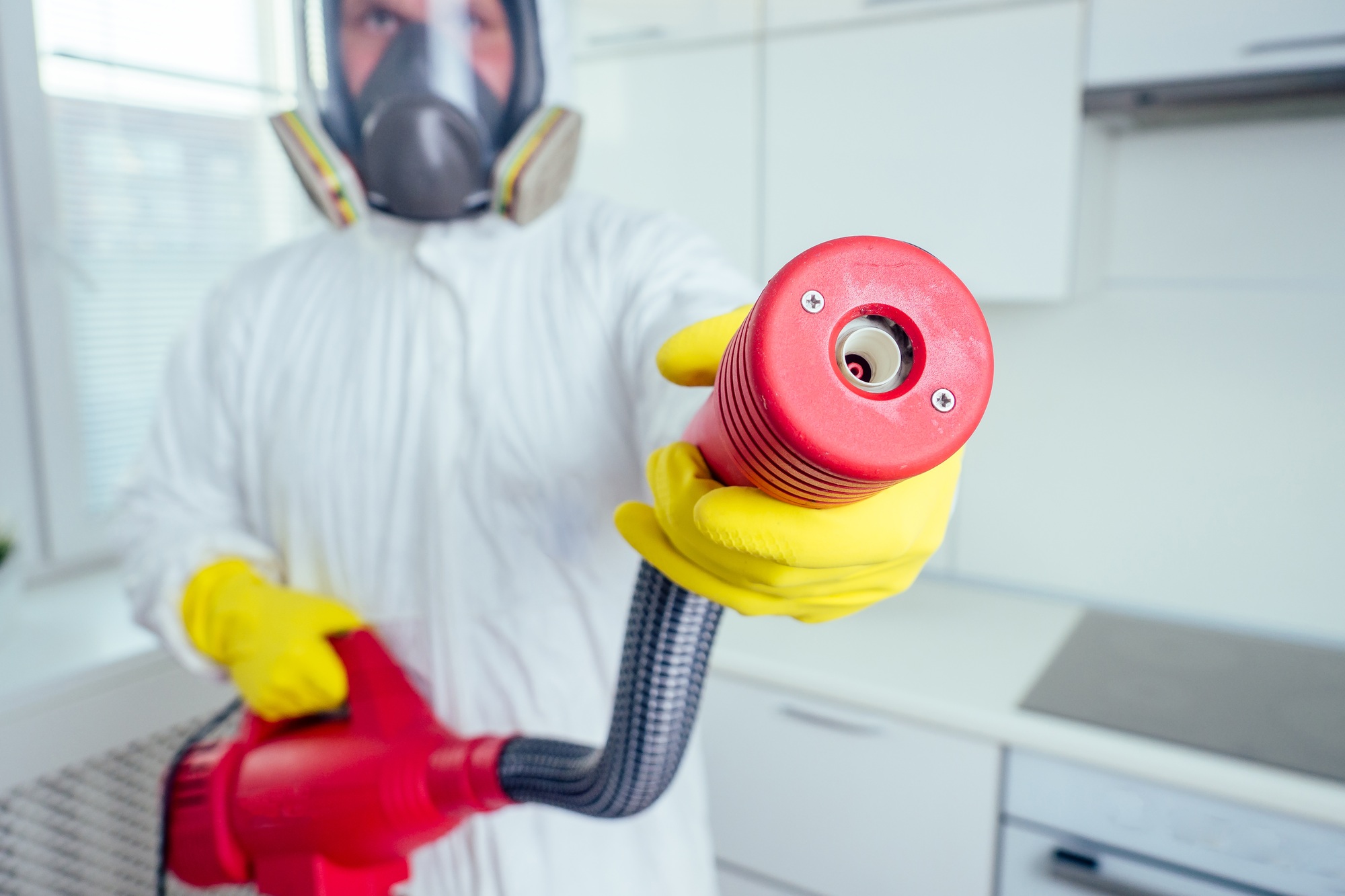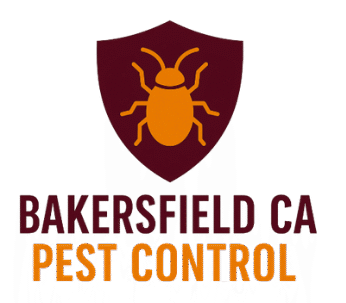Homeowners often encounter unwanted guests, and recognizing the early signs of a pest problem is crucial for maintaining a healthy and safe living environment. When you notice unusual activity, it signals a need for professional intervention. Effective General Pest Control Bakersfield services address common invaders like ants marching across kitchen counters, spiders spinning webs in corners, cockroaches scurrying in dark spaces, and rodents making their presence known through subtle noises or droppings. These pests do more than just cause discomfort; they can contaminate food, damage property, and even pose health risks to your family. Ants, for instance, might appear harmless, but some species can cause structural damage or deliver painful bites. Spiders, while often beneficial outdoors, become a nuisance indoors, with some species posing a threat. Cockroaches are notorious carriers of bacteria and allergens, while rodents like mice and rats can spread diseases and chew through electrical wiring, creating fire hazards. Ignoring these early warnings allows infestations to grow, making them much harder and more costly to resolve. Proactive identification and swift action are essential steps to protect your home and ensure peace of mind.

Recognizing the Specific Indicators of a Pest Infestation
Identifying specific indicators helps confirm a pest problem and guides effective treatment. One of the most direct signs is the visual sighting of live pests. Seeing a single cockroach during daylight hours often suggests a larger hidden population, as these creatures are primarily nocturnal. Observing ant trails leading to food sources or discovering an unusual number of spiders indoors also points to an infestation. Beyond direct sightings, look for indirect evidence. Droppings are a clear sign; rodent droppings, which resemble small, dark pellets, often appear near food storage areas, in cupboards, or along baseboards. Cockroach droppings might look like coffee grounds or black pepper. Gnaw marks on food packaging, wooden furniture, or electrical wires indicate rodent activity, posing significant risks to both property and safety. Unexplained noises, such as scratching, scurrying, or chirping sounds coming from within walls, attics, or crawl spaces, especially at night, strongly suggest the presence of rodents or larger insects. Finding nests or unusual web formations, like elaborate spider webs in rarely disturbed areas or wasp nests under eaves, confirms an active pest presence. Furthermore, some pests leave behind distinct odors; a musty smell might indicate rodent urine, while a sweet, sickly odor could point to a severe cockroach infestation. Regularly inspecting these areas can help you catch a problem early.
Understanding the Health Risks and Property Damage Pests Cause
Pest infestations extend beyond mere annoyance, presenting significant health risks and causing substantial property damage. Rodents, for example, are known carriers of various diseases, including Hantavirus, Salmonella, and Leptospirosis, which they can transmit through their droppings, urine, and saliva. Their continuous gnawing habit can destroy insulation, chew through electrical wires, increasing fire risks, and damage plumbing pipes, leading to costly water leaks. Cockroaches, infamous for their ability to thrive in unsanitary conditions, can trigger allergies and asthma attacks, particularly in children, due to the allergens in their droppings and shed skins. They also spread bacteria such as E. coli and Salmonella, contaminating food preparation surfaces and stored food items. Termites and carpenter ants pose a silent threat to your home’s structural integrity. Termites consume wood from the inside out, often remaining undetected until significant damage has occurred, potentially weakening support beams, flooring, and wall studs. Carpenter ants tunnel through wood to create nests, compromising wooden structures over time. Fleas and bed bugs cause itchy, irritating bites, leading to skin infections and allergic reactions. Fleas can also transmit tapeworms to pets and, in rare cases, to humans. Mosquitoes are vectors for serious diseases like West Nile virus and Zika virus, making outdoor spaces unsafe. Understanding these potential dangers underscores the critical need for professional pest management to protect both your family’s health and your home’s value.
The Scope and Process of Professional General Pest Control
Professional general pest control involves a systematic approach to effectively manage and eliminate common household pests. The process typically begins with a comprehensive inspection of your property. Experienced technicians meticulously examine both the interior and exterior of your home, including basements, attics, crawl spaces, and outdoor perimeters. This detailed assessment aims to identify the specific types of pests present, locate their entry points, nesting sites, and determine the extent of the infestation. Based on the findings, a customized treatment plan is developed. This plan considers the unique characteristics of your home, the specific pests involved, and methods that prioritize the safety of residents and pets. Treatment methods can vary widely, incorporating strategies such as targeted baiting systems for ants and rodents, precise application for cockroaches, and sealing cracks and crevices to block entry points. Professionals often employ an Integrated Pest Management (IPM) approach, which combines various techniques for long-term control with minimal environmental impact. IPM focuses on understanding pest biology and behavior to implement effective, sustainable solutions. This includes educating homeowners on preventative measures, such as proper sanitation, reducing moisture, and removing clutter that provides harborage for pests. The goal is not just to eliminate existing pests but to establish a robust defense system that discourages future infestations, ensuring a healthier living space.
Long-Term Benefits of Regular Pest Management and Proactive Measures
Engaging in regular pest management offers significant long-term benefits, extending far beyond immediate pest removal. Consistent professional oversight protects your property from the costly and often unseen damage that pests can inflict. By preventing structural damage from termites or rodents, you safeguard your home’s value and avoid expensive repairs down the line. Moreover, routine pest control ensures a consistently healthy living environment by minimizing exposure to allergens, diseases, and contaminants associated with various pests. This proactive approach reduces the risk of respiratory issues caused by cockroach allergens and prevents the spread of bacteria and viruses carried by rodents and flies. Peace of mind is another invaluable benefit; knowing your home is protected from unwanted intruders allows you to relax and enjoy your living space without constant worry. Regular service plans are particularly effective because they adapt to the seasonal changes that influence pest behavior. Different pests become more active during specific times of the year, and a consistent plan ensures that preventative measures and treatments are applied precisely when they are most effective. Professionals also provide ongoing education, offering practical tips and advice to homeowners on how to maintain a less appealing environment for pests through simple habits like proper food storage, waste management, and addressing moisture issues. This collaborative effort between homeowners and pest control experts creates a resilient barrier against future infestations, promoting a safe and comfortable home year-round.
